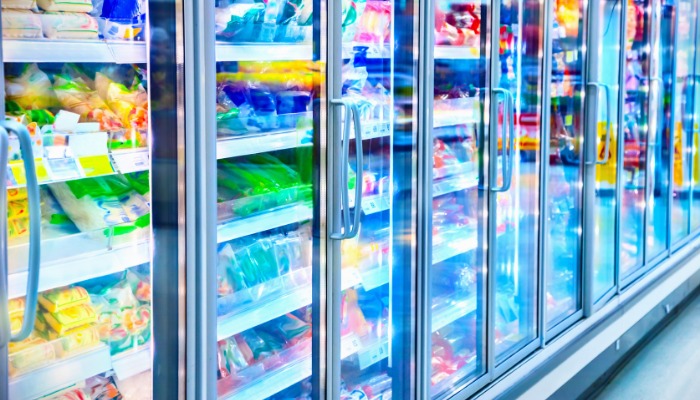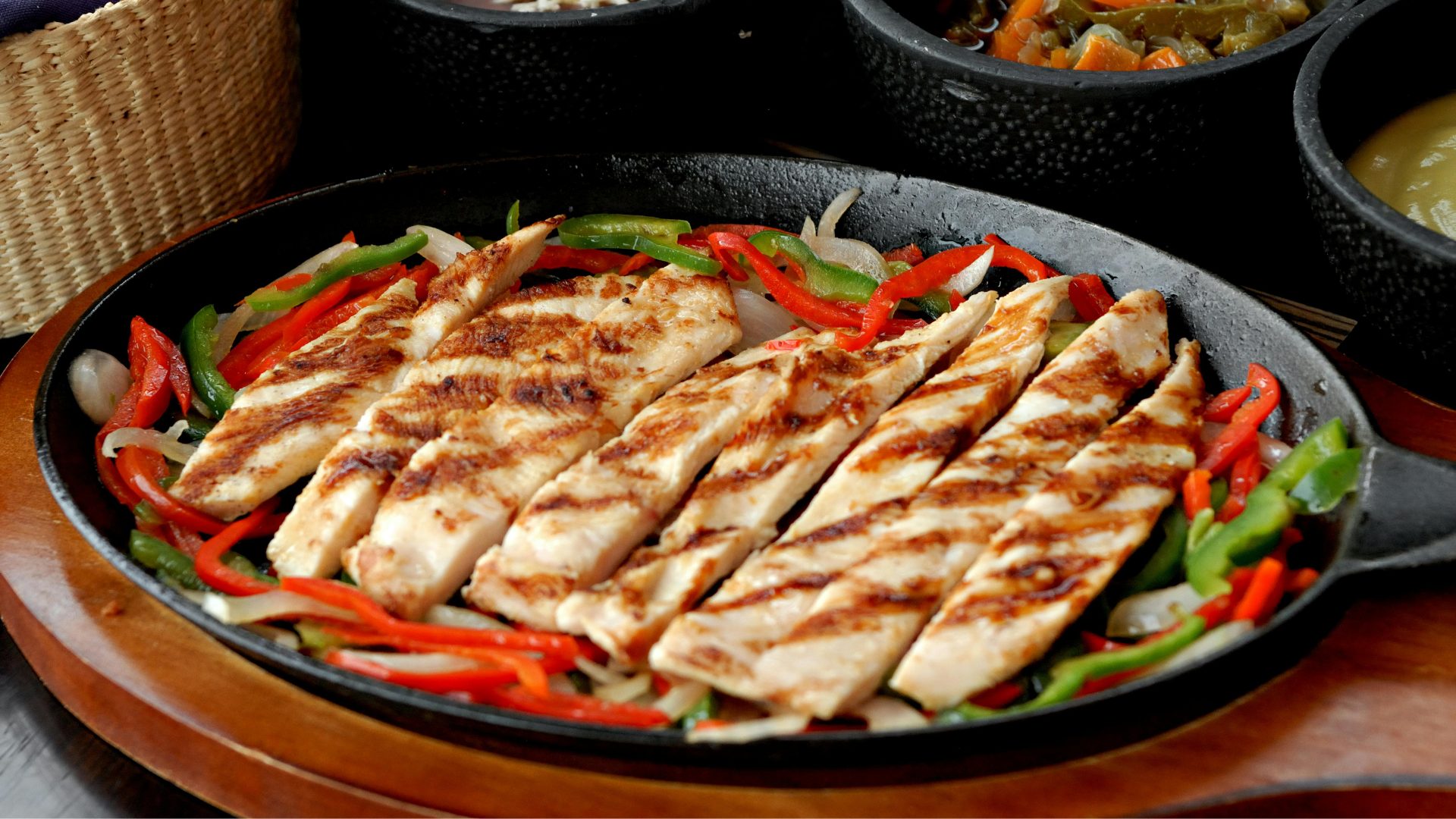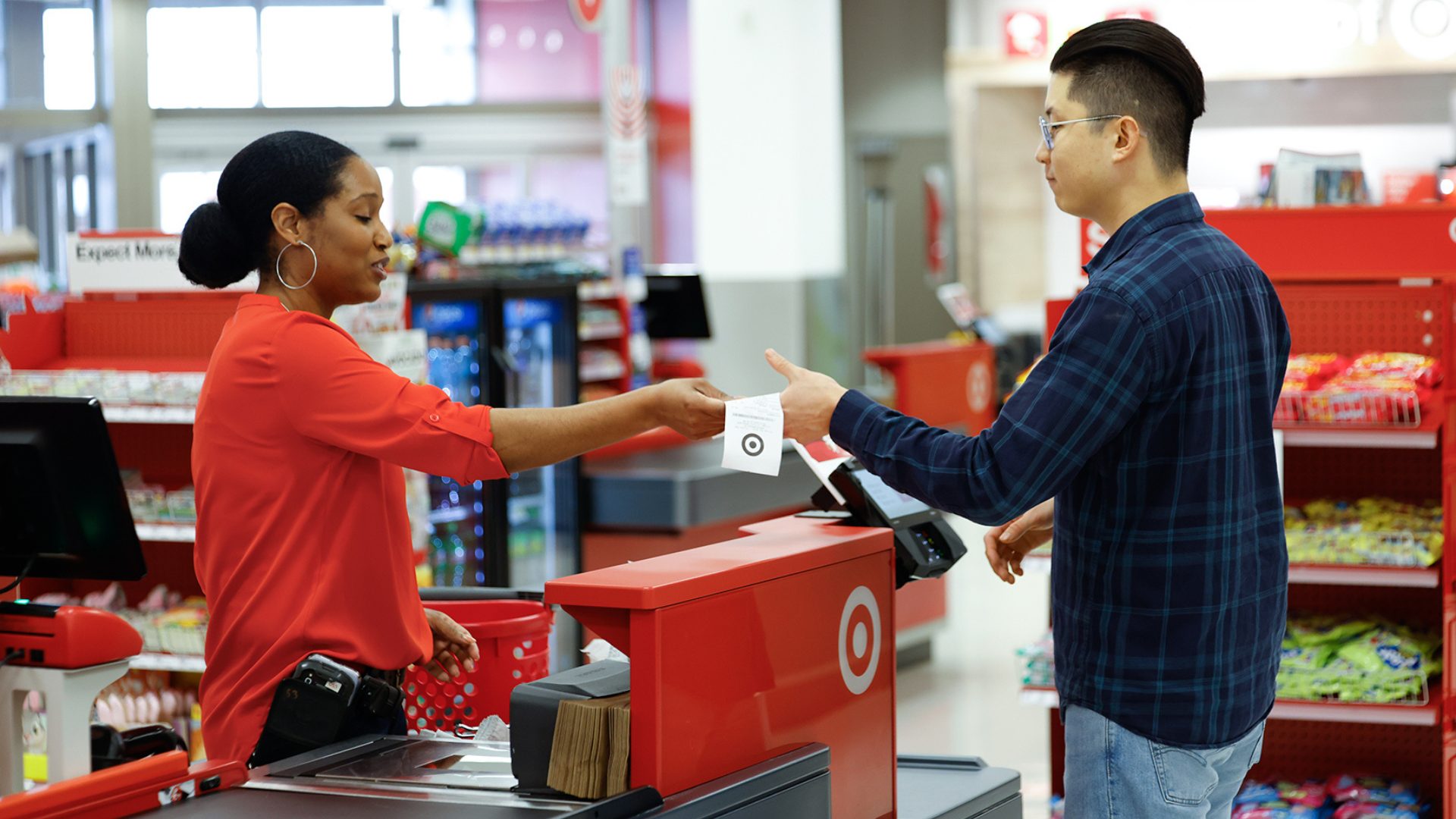With popularity of frozen foods up during the pandemic, supply chains for frozen products are undergoing their own set of challenges.
Eighty-six percent of consumers said they bought frozen food in March and April, with 7% saying they did not purchase frozen foods before the pandemic, according to the American Frozen Food Institute. In addition to these increased demands, cold storage facilities must contend with unfavorable working conditions, a tight labor market, and ongoing concerns over employee safety, reported Forbes (Sept. 1).
Complications During COVID
As popularity grows, cold storage facilities are having trouble keeping up. Facilities are typically run by either the manufacturer or public refrigerated warehouses (PRWs), providing services that efficiently deliver frozen food to grocery retailers.
However, even before COVID, facilities were being strained due to extreme working conditions, a tight labor market, and employee safety concerns—the pandemic has only amplified these issues, resulting in empty freezer cases.
At PRWs, COVID caused smaller, yet more frequent, orders, as well as delivery inconsistencies. Instead of supplying a full pallet of a single product to a warehouse, PRWs are now delivering a pallet with multiple products directly to store. These small orders increase labor requirements and change transportation options drastically.
Another problem is limited infrastructure for growing e-commerce. An additional 75 to 100 million-sq. ft. of industrial freezer/cooler space will be needed to meet the demand generated by online grocery over the next five years, according to CBRE.
Long-Term Effects
The long-term effects of COVID-19 will change the cold storage sector in several critical ways, according to CBRE.
As consumers continue to shift to online grocery, there will be heightened demand for cold storage capacity, but the volume of perishable orders will need to grow to have a significant impact on cold storage real estate decisions.
Some companies are already taking note of this trend. For example, Ti Cold Development recently opened a 315,000-sq. ft. cold storage facility in Phoenix, AZ. It is immediately available to take advantage of both leasing and build-to-suit opportunities in support of a variety of market-driven cold storage and e-commerce demands.
“We are developing this location to not only serve the needs of the current consumers within the Phoenix market, but to also provide a sustainable, scalable, and customizable solution to better serve the needs moving into the future,” said Rob Adams, principal at Ti.
Meanwhile, since e-commerce is typically fulfilled by local grocery stores, retail footprints will include more storage and fulfillment space. Retailers should look to Target, which seems to have created a winning formula for its own operations, reported The Wall Street Journal (Aug. 10).
Target said it saw digital-sales levels that it wasn’t planning for until three years from now. But the company’s lean model of shipping goods directly from its retail outlets paid off as store employees were able to quickly pivot to fulfilling orders. Some 80% of digital sales were fulfilled from stores during the quarter.
Another trend moving forward is that restaurants may see a significant shift in dining formats with less dine-in options and more delivery or take-out that would require cold storage capacity. Foodservice companies that supply restaurants may look to second-generation cold storage space as a cost advantage in a limited dining environment.
CBRE also noted further consolidation will likely occur among major PRWs to gain more control over the cold storage footprint in the U.S.—which will lead to specialized development in major metros where large cold storage operators will partner with developers to strategically build a network in proximity to population clusters.
The firm predicts automation will increase in cold storage facilities to efficiently fulfill orders and make up for a shortage of workers willing to work in the extreme conditions of these facilities. This will prompt higher-density, greater-height, and smaller footprint buildouts that will be required for around the clock operations.
Recently, Ahold Delhaize announced an integrated temperature-controlled warehouse solution from Americold that includes goods-in-receiving, automatic delayering, tray handling, sortation, automatic pallet building, dispatch trailer sequencing, and ergonomic case picking.
The combination of subsystems is managed and controlled by Dematic iQ software, which enables automated palletizing of mixed cases while ensuring optimal pallet composition for shipping—resulting in efficiently packed pallets.












